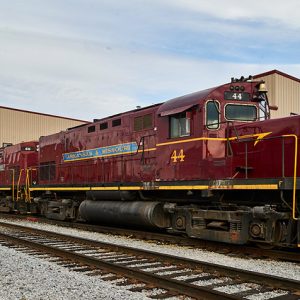 A&M Railroad Engine
A&M Railroad Engine
Entry Category: Transportation - Starting with A
 A&M Railroad Engine
A&M Railroad Engine
 Adams Express
Adams Express
 Adams Field
Adams Field
 Adams Field
Adams Field
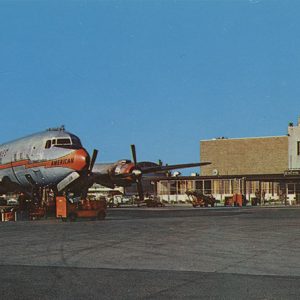 Adams Field Control Tower
Adams Field Control Tower
 Adams Field Control Tower and Administration Building
Adams Field Control Tower and Administration Building
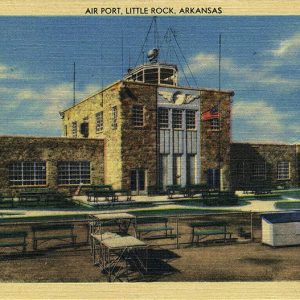 Adams Field Terminal
Adams Field Terminal
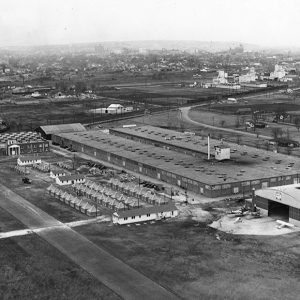 Adams Field, 1942
Adams Field, 1942
 George Geyer Adams
George Geyer Adams
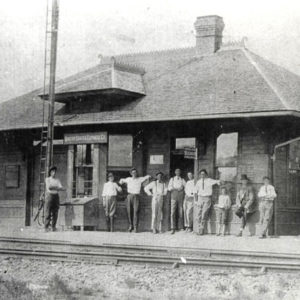 Adona Depot
Adona Depot
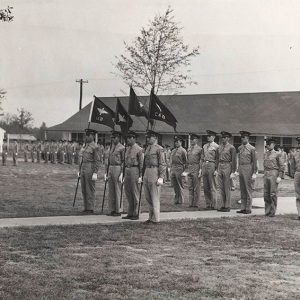 Aero Tech Graduation
Aero Tech Graduation
 Aero Tech Map
Aero Tech Map
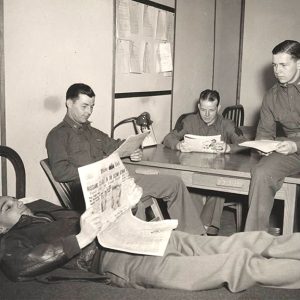 Airmen
Airmen
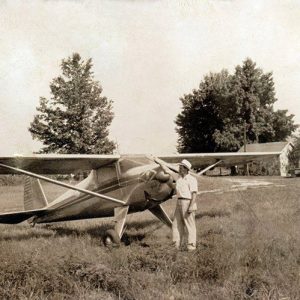 Almond Landing Strip
Almond Landing Strip
 Almyra Airport
Almyra Airport
 Altus Depot
Altus Depot
American Airlines Flight 1420
Amtrak
Arkadelphia City [Steamboat]
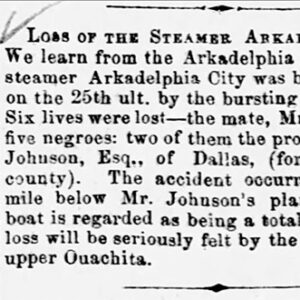 Arkadelphia City Story
Arkadelphia City Story
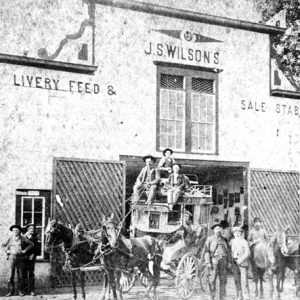 Arkadelphia Livery Stable
Arkadelphia Livery Stable
Arkansas Aerospace Education Center (AEC)
aka: Aerospace Education Center
 Arkansas Biodiesel Project
Arkansas Biodiesel Project
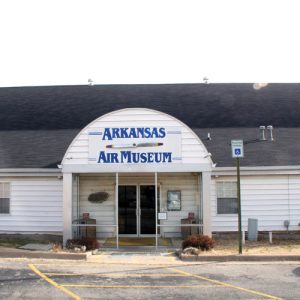 Arkansas Air Museum
Arkansas Air Museum
Arkansas Air Museum
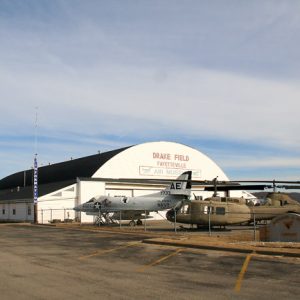 Arkansas Air Museum
Arkansas Air Museum
 Arkansas and Missouri Railroad Trains
Arkansas and Missouri Railroad Trains
Arkansas and Oklahoma Western Railroad
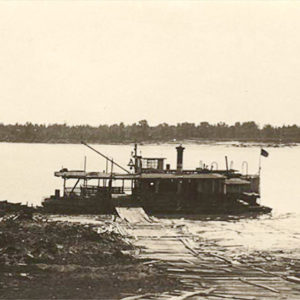 Arkansas City Ferry
Arkansas City Ferry
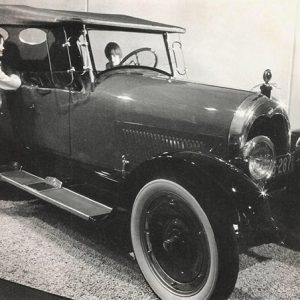 Arkansas Climber
Arkansas Climber
Arkansas Department of Transportation
Arkansas Division of Aeronautics (ADA)
Arkansas Highway 1
Arkansas Highway 57 Bridge
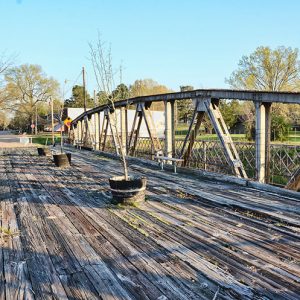 Arkansas Highway 57 Bridge
Arkansas Highway 57 Bridge
Arkansas Highway 7
Arkansas Highway Commission
Arkansas Highway Police
Arkansas Inland Maritime Museum
 Arkansas Midland Railroad
Arkansas Midland Railroad
 Arkansas Railroad Museum
Arkansas Railroad Museum
Arkansas Railroad Museum
 Arkansas Railroad Museum
Arkansas Railroad Museum
 Arkansas Railroad Museum
Arkansas Railroad Museum
Arkansas River
Arkansas Traveler [Steamboat]
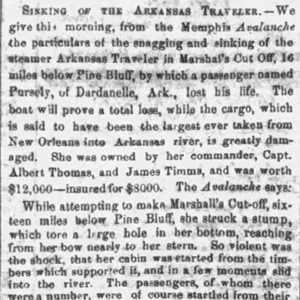 Arkansas Traveler Steamboat Article
Arkansas Traveler Steamboat Article
Arkansas Waterways Commission
Arkansas Western Railroad
 Arkansas Western Railroad Story
Arkansas Western Railroad Story




